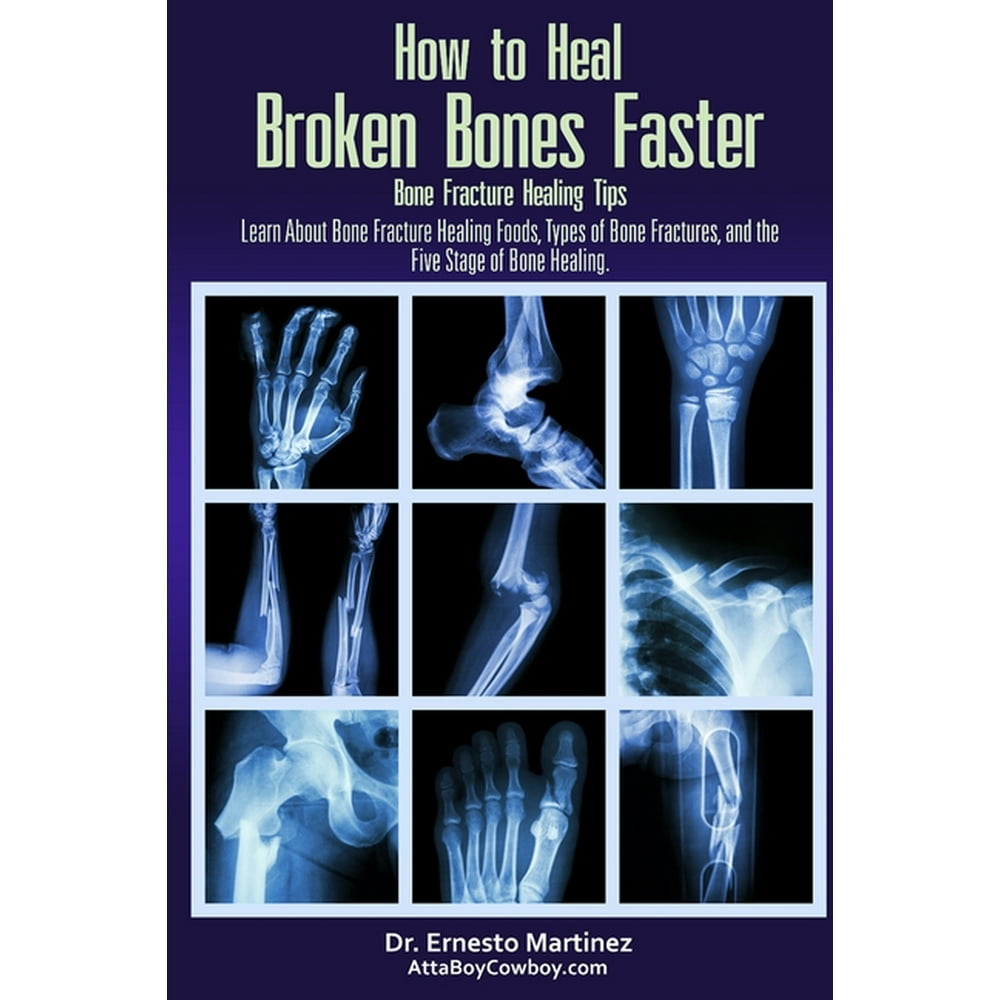What Causes Bruise Or Fracture? Healing Tips

Understanding the intricacies of human physiology and the factors that contribute to bruising and fracturing is crucial for developing effective prevention and treatment strategies. A bruise, also known as a contusion, occurs when blood vessels are damaged, causing blood to leak into the surrounding tissue. This leakage of blood leads to the characteristic discoloration associated with bruises. On the other hand, a fracture refers to any break in the continuity of a bone, which can range from a small crack to a complete separation of the bone into two or more parts.
Causes of Bruising
Bruising can result from various factors, including:
- Trauma: Direct blows to the body, such as those sustained during falls, sports injuries, or car accidents, can cause blood vessels to rupture, leading to bruising.
- Overuse or Repetitive Strain: Activities that involve repetitive motion, like running or jumping, can cause micro-tears in blood vessels, leading to bruising.
- Medical Conditions: Certain medical conditions, such as hemophilia, leukemia, or autoimmune disorders, can increase the risk of bruising due to impaired blood clotting or vessel fragility.
- Medications: Some medications, including anticoagulants, aspirin, and steroid medications, can thin the blood or weaken blood vessels, making bruising more likely.
- Nutritional Deficiencies: Deficiencies in vitamins C and K, or in minerals like iron, can impair blood vessel health and increase the risk of bruising.
Causes of Fracturing
Fractures can occur due to various reasons, including:
- High-Impact Trauma: Sudden, forceful impacts, such as those experienced in car accidents or severe falls, can cause bones to break.
- Overuse or Repetitive Stress: Repeated stress on a bone, such as from running or jumping, can cause a stress fracture.
- Osteoporosis: Weakened bones due to osteoporosis can increase the risk of fractures, even from minor falls or stresses.
- Inherited Conditions: Certain genetic conditions, such as osteogenesis imperfecta, can affect bone density and increase the risk of fractures.
- Poor Nutrition: Inadequate intake of calcium and vitamin D can contribute to weak bones, making them more susceptible to fractures.
Healing Tips for Bruises and Fractures
While the healing process for bruises and fractures can be lengthy and sometimes challenging, there are several strategies that can help promote recovery:
For Bruises
- Rest, Ice, Compression, and Elevation (RICE): Applying ice to reduce swelling, compressing the affected area to limit blood flow, elevating the injured limb above heart level, and resting the affected area can help alleviate bruising.
- Topical Creams and Ointments: Certain creams, such as those containing arnica or vitamin K, can help reduce bruising and promote healing.
- Nutritional Support: Ensuring adequate intake of vitamins C and K, as well as minerals like zinc and iron, can support blood vessel health and healing.
- Avoid Strenuous Activities: Avoiding activities that exacerbate bruising, such as heavy lifting or bending, can help the body recover more quickly.
For Fractures
- Immobilization: Allowing the fractured bone to rest and immobilizing it with a cast, splint, or sling can help promote proper healing.
- Pain Management: Managing pain through medication, ice, or other methods can help make the recovery process more comfortable.
- Physical Therapy: Gradually introducing gentle exercises and stretches, as recommended by a healthcare professional, can help restore strength, flexibility, and range of motion to the affected area.
- Nutritional Support: Adequate intake of calcium, vitamin D, and other micronutrients essential for bone health can support the healing process.
- Follow-Up Care: Regular follow-up appointments with a healthcare provider can ensure that the fracture is healing properly and address any complications that may arise.
In conclusion, understanding the causes of bruising and fracturing, as well as the measures that can be taken to prevent and treat these conditions, is vital for maintaining optimal health. By incorporating healing tips into daily routines and seeking medical attention when necessary, individuals can promote recovery and reduce the risk of future injuries.
What are the most common types of fractures?
+The most common types of fractures include stress fractures, compression fractures, and comminuted fractures. Stress fractures are small cracks in a bone, often caused by repetitive stress. Compression fractures occur when two bones are forced against each other, causing one or both to break. Comminuted fractures involve the bone breaking into three or more pieces.
How can I reduce the appearance of a bruise?
+To reduce the appearance of a bruise, apply ice to the area to reduce swelling, use compression bandages to limit blood flow, and elevate the affected limb above heart level. Topical creams containing arnica or vitamin K may also help. Avoid massaging the bruise, as this can cause further bleeding and prolong healing.
By adopting a proactive approach to health and wellness, individuals can minimize their risk of bruising and fracturing, ensuring a speedy recovery and optimal bone health for years to come.


